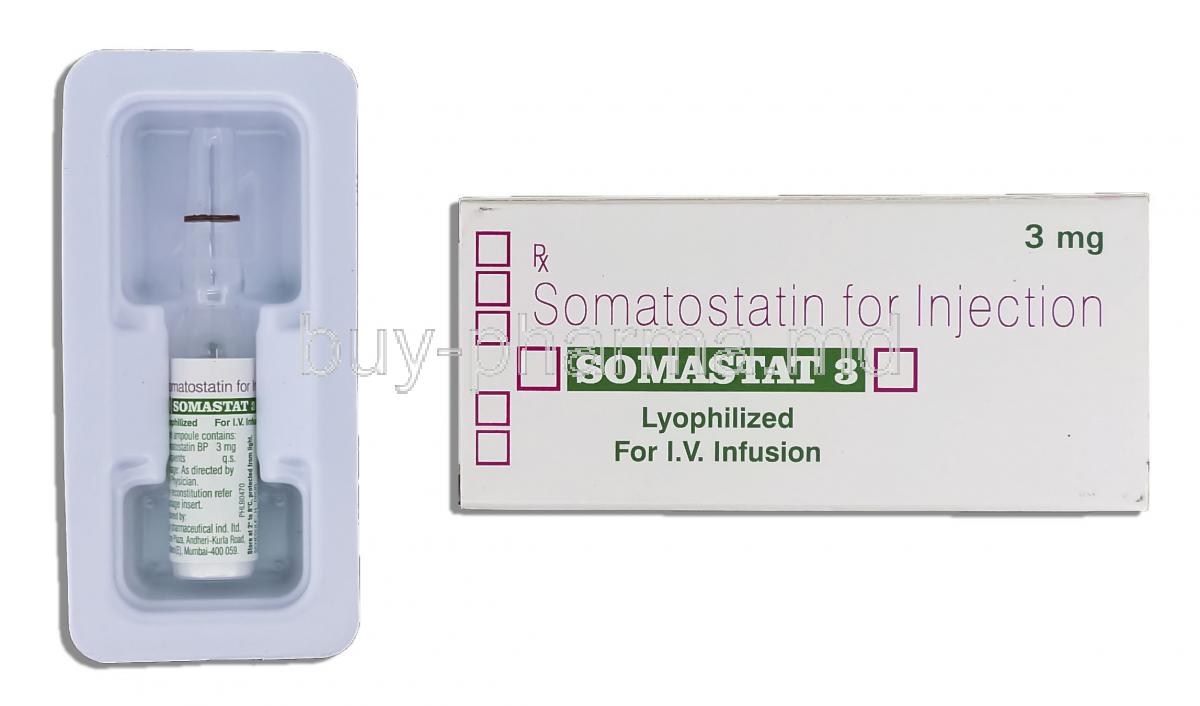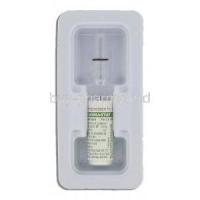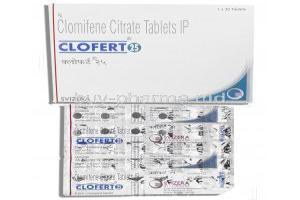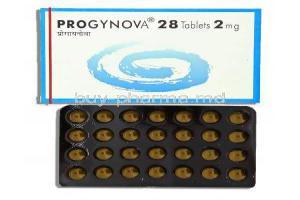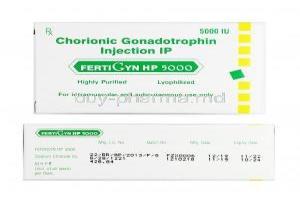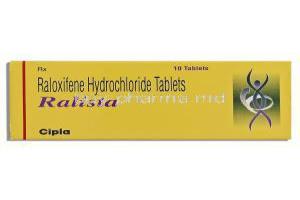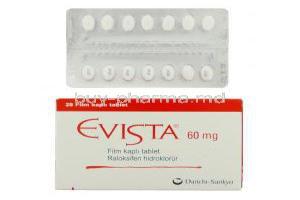Somatostatin Injection
- Introduction
- Â
- Composition
- Â
- Uses
- Â
- Off-Label Uses
- Â
- How It Works
- Â
- Dosage and Administration
- Â
- Side Effects
- Â
- Common Side Effects
- Â
- Serious Side Effects and Complications
- Â
- Interactions
- Â
- Warnings and Precautions
- Â
- Contraindications
- Â
- Administration to Special Populations
- Â
- Careful Administration
- Â
- Important Precautions
- Â
- Overdosage
- Â
- Handling Precautions
Introduction
Somatostatin, a hormone made of peptides, plays a role in the human body by stopping the release of various other hormones. The man-made version of this hormone, which can be injected, has been fundamental in treating medical issues. The creation of injections goes back to the 1970s when the hormone was first discovered in 1973.
This era marked the beginning of a phase, in medical care using the hormones natural inhibitory functions to handle conditions that were once considered difficult. In the endocrine system somatostatin has an effect ensuring that hormone release balance is carefully maintained. Its diverse role includes stopping growth hormone, thyroid stimulating hormone and many gastrointestinal hormones.
Composition
- Key Ingredients: The main element found in injections consists of a man-made version of somatostatin. This imitation replicates the hormone's ability to inhibit but with increased strength and prolonged effectiveness.
- Additional Components and Composition Details: The mixture is enriched with additives that uphold the active substance's stability, absorption, and efficiency. These might encompass substances for balancing pH levels, ensuring isotonicity, and preserving the product, each carefully chosen for their compatibility and role in improving the drug's behavior within the body.
Uses
The use of injections for therapeutic purposes is varied, targeting a range of conditions linked to hormonal imbalances. Among these, treating acromegaly stands out as crucial. Acromegaly, characterized by an excess of growth hormone, faces an opponent in somatostatin injections, effectively reducing the excessive growth hormone production.
In the field of gastroenterology, these injections are essential for managing bleeding. By limiting the release of hormones, somatostatin significantly decreases blood flow to the gastrointestinal tract, thereby alleviating bleeding episodes. Similarly, in dealing with endocrine tumors, the inhibitory effects of this hormone help regulate hormone secretion and provide relief from the tumors' symptoms.
Additionally, somatostatin injections decrease pancreatic fistulas, a condition often associated with the excessive release of digestive enzymes. Through its ability to inhibit hormone secretion, somatostatin aids in the healing process of fistulas, showcasing its usefulness across clinical situations.
Off-Label Uses
Somatostatin analogs go beyond their approved uses, finding applications in unofficial situations that highlight this hormone's flexibility. Neuroendocrine tumors, which can be elusive and challenging to treat, show responses to somatostatins' ability to regulate hormone secretion.
This demonstrates how versatile somatostatin is and its crucial role in providing comfort for patients with such cancers. In ophthalmology, somatostatin analogs have been creatively used to treat retinopathy. By reducing endothelial growth factor (VEGF) and controlling retinal blood flow, these injections bring hope to those dealing with this complication of diabetes.
Additionally, early studies suggest that somatostatin could be beneficial in managing Alzheimer's disease. By influencing neurochemicals and possibly affecting amyloid plaques, somatostatin offers an approach for treating neurodegenerative conditions.
How It Works
The rationale behind injections is their ability to replicate natural hormones' inhibitory actions on various bodily functions. Essentially, these injections work by attaching to receptors, thereby blocking the release of a range of hormones and neurotransmitters.
- Impact on Hormone Secretion: By regulating the secretion of growth hormone, insulin, glucagon, and other gastrointestinal hormones, somatostatin injections help alleviate symptoms associated with hormone-secreting tumors and related conditions.
- Effects on Tumor Growth and Blood Flow: In cases involving tumors and other cancers, somatostatin analogs can impede tumor growth by hindering the formation of new blood vessels. Additionally, these substances reduce blood flow in the region, which is crucial in managing gastrointestinal bleeding.
Dosage and Administration
The use of analogs is customized for each individual depending on the specific medical condition being addressed, the severity of symptoms, and the patient's overall health status. Conditions like acromegaly and neuroendocrine tumors require varying dosages, highlighting the need for treatment plans.
These analogs can be given via subcutaneous, intravenous, or intramuscular injections, chosen based on how quickly treatment needs to take effect and the patient's unique medical situation.
Intravenous administration is typically reserved for situations like severe gastrointestinal bleeding where rapid symptom relief is crucial. Patients with kidney or liver issues may need dosage adjustments due to changes in how their bodies process medications. Adjusting the dosage or frequency of administration may be necessary to minimize side effects while ensuring that treatment remains effective.
Side Effects
While somatostatin analogs are highly valuable in treating medical conditions, their use can lead to potential adverse effects. These effects can vary in severity, requiring monitoring and effective management strategies to minimize their impact. It is essential to understand these adverse reactions and how to handle them to ensure that patient care is optimized and the benefits of treatment outweigh any risks.
Common side effects can often be controlled by adjusting the dosage, providing relief, or offering supportive care. Healthcare providers play a role in educating patients about recognizing possible side effects and stressing the importance of reporting them promptly.
Common Side Effects
- Patients receiving treatment with somatostatin analogs often experience symptoms like nausea, stomach pains, and loose stools. Making changes to their diet. Using anti-nausea or anti-diarrheal drugs can help alleviate these issues.
- The use of analogs may impact blood sugar levels, potentially causing low or high blood sugar. It is crucial to monitor blood glucose levels and adjust diabetes medications as needed to manage these fluctuations.
- It is common for individuals to experience short-lived reactions, such as pain, redness, and swelling, at the site of injection. To reduce the likelihood of these reactions, it is recommended that the injection sites be rotated.
Serious Side Effects and Complications
Some important considerations arise from the use of analog therapy, which requires careful attention due to its potential impact on patient well-being.
- Risk of Gallbladder Complications: Prolonged administration of analogs has been linked to a higher likelihood of gallbladder stone formation and biliary sludge. Regular ultrasound checks on the gallbladder can assist in detecting and managing these issues early.
- Cardiovascular Effects: Somatostatin analogs can affect heart rate and blood pressure, sometimes resulting in bradycardia or orthostatic hypotension. It is advisable to monitor patients with pre-existing cardiovascular conditions.
- Severe Blood Sugar Imbalances: While minor fluctuations in blood glucose levels are expected, severe hypoglycemia or hyperglycemia may present health risks. Prompt medical intervention and adjustments to treatment are essential in specific scenarios.
Interactions
Although effective in treating conditions, Somatostatin analogs require careful attention to how they interact with other medications and food and their impact on medical tests. Interactions between drugs can. Reduce the effectiveness of somatostatin analogs or the accompanying medication, leading to dose adjustments or the consideration of alternative treatments.
The influence of food and diet is also significant, as certain nutrients can affect how somatostatin analogs are absorbed and metabolized. Additionally, these medications may affect the outcomes of tests such as hormonal assessments and imaging studies, necessitating a temporary pause in medication before undergoing testing.
Warnings and Precautions
The use of analogs requires careful consideration due to pre-existing conditions and risk factors that might make their use unsuitable or necessitate close monitoring. Conditions like gallbladder disease, diabetes, and heart issues require attention because somatostatin analog therapy could worsen these conditions.
Regular monitoring should include checking blood sugar levels, heart function, and the health of the liver and kidneys to address any adverse effects early on. It's crucial to be aware of and quickly identify signs of adverse reactions to protect patient well-being.
Contraindications
- Sometimes, somatostatin analogs should be avoided entirely due to the high risk of severe adverse reactions. These include being overly sensitive to the drug or any of its components, having uncontrolled diabetes, and specific types of heart rhythms.
- On the other hand, in scenarios where the benefits might outweigh the risks, somatostatin analogs could be cautiously used in patients with manageable existing conditions like controlled diabetes, mild to moderate liver issues, or stable heart conditions. Each situation requires an analysis weighing the risks against the benefits.
Administration to Special Populations
Certain groups, such as individuals, expectant mothers, breastfeeding mothers, and young patients, pose distinct challenges when giving somatostatin analogs. Older patients might react strongly to the medication and face a higher chance of adverse reactions, leading to adjustments in dosage and close observation.
The safety of using somatostatin analogs in nursing women is not definitively established; thus, their use should be carefully weighed against potential risks to the unborn child or infant. When used in children, these drugs require dosing and monitoring to avoid any negative impact on growth and development.
Careful Administration
Administering somatostatin analogs safely requires following guidelines to avoid medication mistakes and guarantee the treatment's effectiveness. These guidelines involve confirming information, ensuring the correct dosage, and administering the medication correctly. It is crucial to be extra cautious when giving these analogs to patients with kidney or liver issues, as dosage modifications are necessary to prevent side effects. These modifications depend on how severe the organ dysfunction is, emphasizing the significance of regular assessments of kidney and liver function.
Important Precautions
It's crucial to be very vigilant about allergies and anaphylaxis risks when starting treatment with somatostatin analogs. Patients who have reacted to medications before must be carefully watched during the first dose. Using somatostatin analogs for a long time can lead to issues such as difficulty absorbing nutrients and developing gallstones, so regular health checkups are important. Also, since somatostatin analogs can affect hormone levels, it's vital to monitor these levels throughout the treatment to prevent any imbalances and adjust the therapy as necessary.
Overdosage
In cases of taking too much medication, patients might show various symptoms such as severe low blood sugar or significant stomach issues. The first steps involve stopping the drug intake and checking signs. Though there isn't an antidote for an overdose of somatostatin analogs, providing support and treating symptoms is essential for handling the effects. This treatment could involve giving glucose for blood sugar, replacing fluids, and keeping a close eye on the functions of vital organs.
Handling Precautions
Storing somatostatin analogs correctly is vital to maintaining their effectiveness and stability. These medications must be kept at a temperature shielded from light and moisture to avoid deterioration. Respecting the manufacturer's shelf life is crucial for ensuring the safety and efficacy of the product. Properly disposing of medication is equally important to prevent accidental exposure or harm to the environment by following local regulations on pharmaceutical waste disposal.

